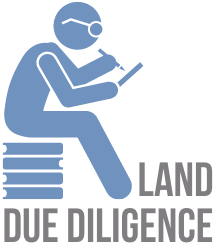Koochiching County, Minnesota

It is said that Koochiching County is exceedingly rich in history. his claim is based on the fact that many significant events involving people of various tribes and nations have occurred in these parts over the centuries. History records and explains past happenings and in so doing provides a background for what's taking place in our own times.
Beyond that, history brings into focus a great many people who took part in the occurrences of yesteryear — the makers of history. Succeeding generations can learn from them. The historymakers of Koochiching County were, as a whole, a colorful and adventurous people. They were courageous and innovative and lived a busy life. They were explorers, traders, homesteaders and lumberjacks. There were also teachers and preachers, merchants, engineers and builders of industry. All came this way with a goal in mind, their goals as varied as their occupations. Settlers of the early 1900's, in particular, surmounted every form of hardship — isolation, illness, harsh weather and poverty. There were few quitters among them; a majority endured and won. They built schools and churches and fought for good roads. The results of their efforts and sacrifice carried over into modern times and contributed to our own comfortable way of life.
Present generations owe the pioneers a warm thank you. Our history-rich county lies at the top of the map of Minnesota, its northern border forming the boundary between the U.S. and Canada. It is next to the largest of the 87 counties, exceeded only by St. Louis county.
Koochiching is also next to the youngest in the state, having been created in 1906 after its residents voted to separate from Itasca county. (Lake of the Woods county was formed in 1922). The name Koochiching, or Couchiching, arouses interest. Along with being a bit difficult to spell and pronounce, the word is of uncertain origin and meaning. Ouchichiq was a Cree name that the Ojibway applied to both Rainy Lake and Rainy River. An early-day traveler, Rev. J.A. Gilfillan, translated it into "Neighbor Lake and River." Another interpretation made it "A Lake and River Somewhere." In any event, the name Koochiching was first applied by white men to the falls of Rainy River and then to the settlement that grew up at the head of the rapids and became the city of International Falls.
The name was also given to a township that surrounded Koochiching village; all this before it was adopted as the county's name. Early French map makers applied the name Lac de la Pluie to the body of water known today as Rainy Lake. The term is believed to be a French translation of Cree words that referred to the mists of Koochiching Falls, resembling rain. Koochiching's history necessarily goes back to the prehistoric peoples who hunted the lush woodlands and fished the rivers hundreds of years ago.